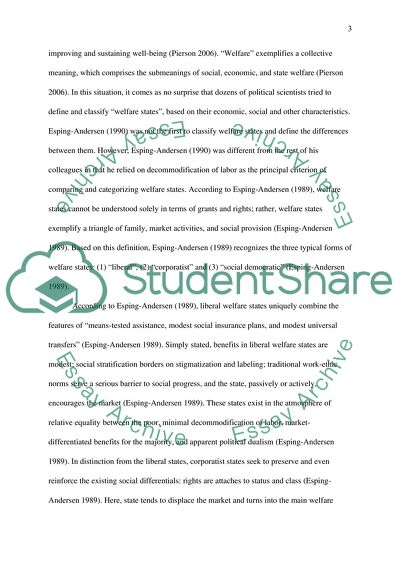Cite this document
(State and Society in Europe Essay Example | Topics and Well Written Essays - 1500 words, n.d.)
State and Society in Europe Essay Example | Topics and Well Written Essays - 1500 words. https://studentshare.org/politics/1747075-state-and-society-in-europe
State and Society in Europe Essay Example | Topics and Well Written Essays - 1500 words. https://studentshare.org/politics/1747075-state-and-society-in-europe
(State and Society in Europe Essay Example | Topics and Well Written Essays - 1500 Words)
State and Society in Europe Essay Example | Topics and Well Written Essays - 1500 Words. https://studentshare.org/politics/1747075-state-and-society-in-europe.
State and Society in Europe Essay Example | Topics and Well Written Essays - 1500 Words. https://studentshare.org/politics/1747075-state-and-society-in-europe.
“State and Society in Europe Essay Example | Topics and Well Written Essays - 1500 Words”. https://studentshare.org/politics/1747075-state-and-society-in-europe.


